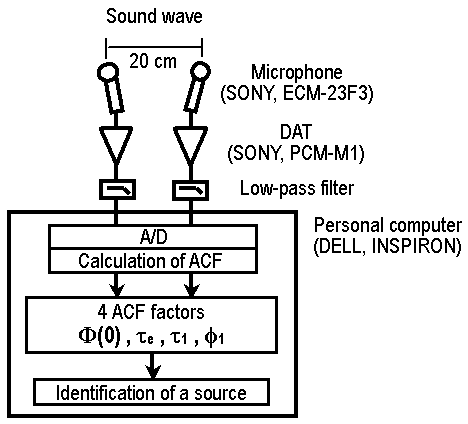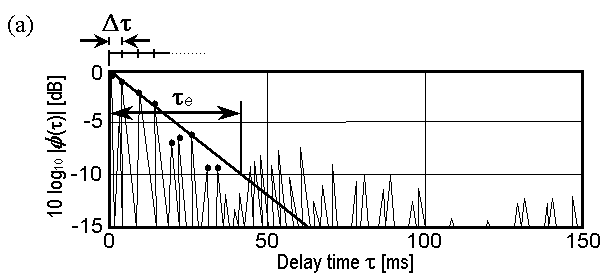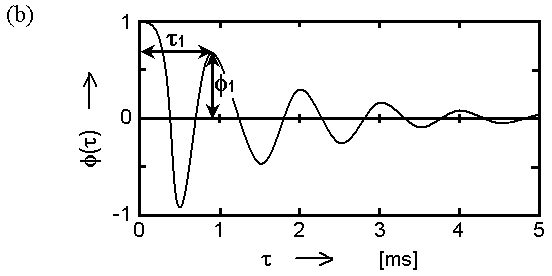| 1. |
Ando, Y., Architectural Acoustics -Blending Sound
Sources, Sound Fields, and Listeners-, New York, AIP Press/Springer-Verlag,
1998. |
| 2. |
Mouri, K., Akiyama, K. and Ando, Y., Journal of
Sound and Vibration 241, 87-95 (2001). |
| 3. |
Web site of Yoshimasa Electronic Inc. (URL: http://www.ymec.co.jp/) |
| 4. |
Sakurai, M., Sakai, H. and Ando, Y., Journal of
Sound and Vibration 241, 19-27 (2001). |
| 5. |
Ando, Y., Okano, T. and Takezoe, Y., The Journal
of the Acoustical Society of America 86, 644-649 (1989). |
| 6. |
Mouri, K., Akiyama, K. and Ando, Y., Journal of
Sound and Vibration 232, 139-147 (2000). |



